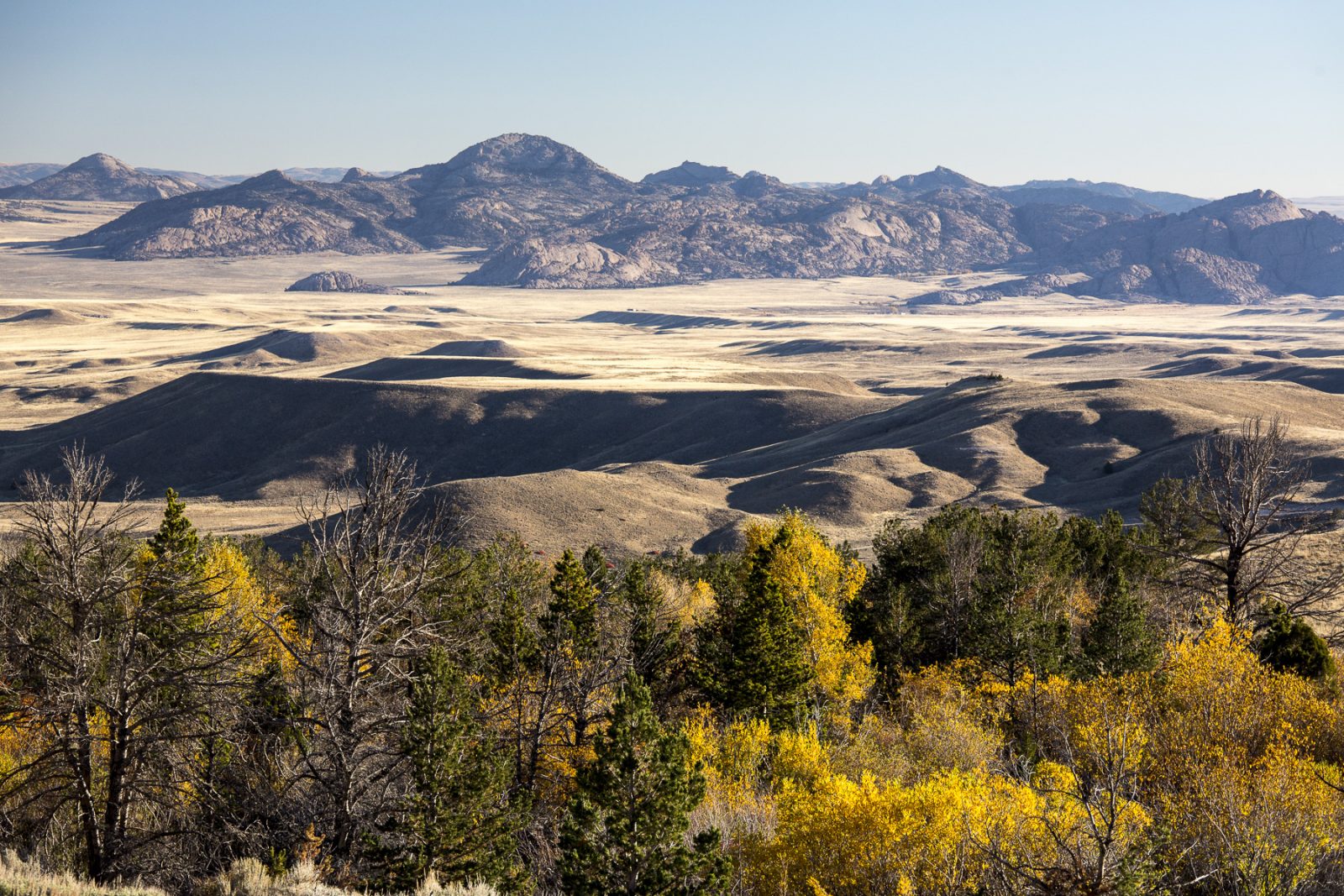Julia Stuble, public lands advocate
Fremont County Residents: You can help determine the future of some of our most beloved local landscapes by applying to participate in the Fremont County advisory committee! Deadline to apply is April 14.
What is the Wyoming Public Lands Initiative?
The Wyoming Public Lands Initiative is a county-convened process intended to bring together a wide range of stakeholders to collaborate and create federal legislation for public land management. This opportunity will attempt to address how public land agencies manage our special landscapes, including “wilderness study areas.”
Click for a (PDF) or (Microsoft Word Doc) of the application.
What Are Wilderness Study Areas?
Wilderness study areas, sometimes called WSAs, are special places that, almost three decades ago, were determined to have wilderness character. Only the U.S. Congress can designate wilderness, so after these wild lands were inventoried, they were given the status of “wilderness study areas.” There are 42 of these areas managed by the BLM in Wyoming and three managed by the Forest Service, totaling over 700,000 acres. Because they lack the permanence of formally designated wilderness, their status has been in limbo for years. The agencies manage them to retain their wilderness character until directed by legislation for their permanent protection or other management.
Why Not Just Leave Them the Way They Are?
The status quo might not be the best option anymore. Wilderness study areas were always an impermanent designation. These lands were never meant to be managed for so many years as wilderness without formal designation—and there are stakeholders in Wyoming who would like to see the question resolved and see a permanent decision. Many of these areas’ wilderness qualities have been threatened by mismanagement and impairment and there’s the threat that Congress could make a decision about their fate without our input.
What Can We Do in this Process?
Some stakeholders would like to see all of these wilderness study areas released, which means they wouldn’t be managed to retain their wild character. Others would like most or all of them to be permanently designated wilderness. The middle ground might well be some special, directed management designed to protect the specific values and uses within each landscape, while protecting the wild areas through designation as wilderness. We believe that in order to be successful in finding win-win solutions, this process needs to look beyond WSAs to adjacent lands or other county landscapes and explore other public land management options—this is a chance to set aside, or design management for, WSAs and other special landscapes. If the question of WSAs is to be resolved, stakeholders in Wyoming will have to come together, find common ground, and explore opportunities for compromise.
What is the Best Case Scenario?
Stakeholders with diverse interests work together in good faith to create legislation permanently addressing Wyoming wilderness study areas, and to design permanent management for other important landscapes, using a process that is fair, inclusive, transparent, and appropriate for the values in question. We believe it’s possible to create win-win solutions that protect these landscapes and provide certainty for our local communities. If done right, there is a chance that we could see the first new wilderness designations in Wyoming in more than 30 years and other permanent designations for our special local landscapes. This could happen only if a bill is crafted that has broad local support, from hunting, angling, recreation, economic, and cultural interests, as well as the support of the conservation community and elected officials. In our minds, that’s a goal worth working toward for these special places.
What Can You Do?
You can help by getting involved in this process! By participating, you will be able to bring your unique perspective to a diverse table of stakeholders. The quality of life we enjoy in Fremont County, as well as our outdoor recreation and tourism economy, will benefit by adding permanent protections to our most special public lands. By sitting down in good faith with neighbors to share our values and perspectives, we can help create federal legislation that could permanently protect some of these areas and design management for others that would conserve their important values. This is a not a chance that comes around often.
How Do You Get Involved?
Print and fill out the application (PDF) or (Microsoft Word Doc) and return it to the county courthouse in person or by email by April 14. IMPORTANT: Please be sure to check all of the categories that you can represent, including “general public.”
- In the additional comments section, please be sure to suggest other categories or interests (historical, cultural, local business, tourism industry, type of recreation group, etc.) if you don’t feel the given categories fully represent your expertise, interest group, or perspective.
- When asked about designations or management that you would consider, it’s important to note you are open to learning about the full range of possible designations or management and will keep an open mind during deliberations.
- Be able to attend meetings—the Advisory Committee will likely host all-day meetings once a month for a year or two. Some months may require more than one meeting, and in the second year, there may be fewer.
Our Wilderness Study Areas
Fremont County has five, and portions of three others, including the tiny Whiskey Mountain add-on near Dubois and the colorfully rugged Dubois Badlands, the incredible Lankin Dome climbing area, little-known Copper Mountain to the north, and the popular Sweetwater Canyon to the south. The Fremont committee is expected to also work with Sweetwater County on the shared northern Red Desert areas, including the astounding Honeycomb Buttes and Whitehorse Creek and with Natrona County on the Sweetwater Rocks area. Remember: the landscapes around these WSAs, or others elsewhere in the county, will be included too so other opportunities for permanent landscape protections throughout the county should also arise.
Click here to download a PDF fact sheet about this process.


